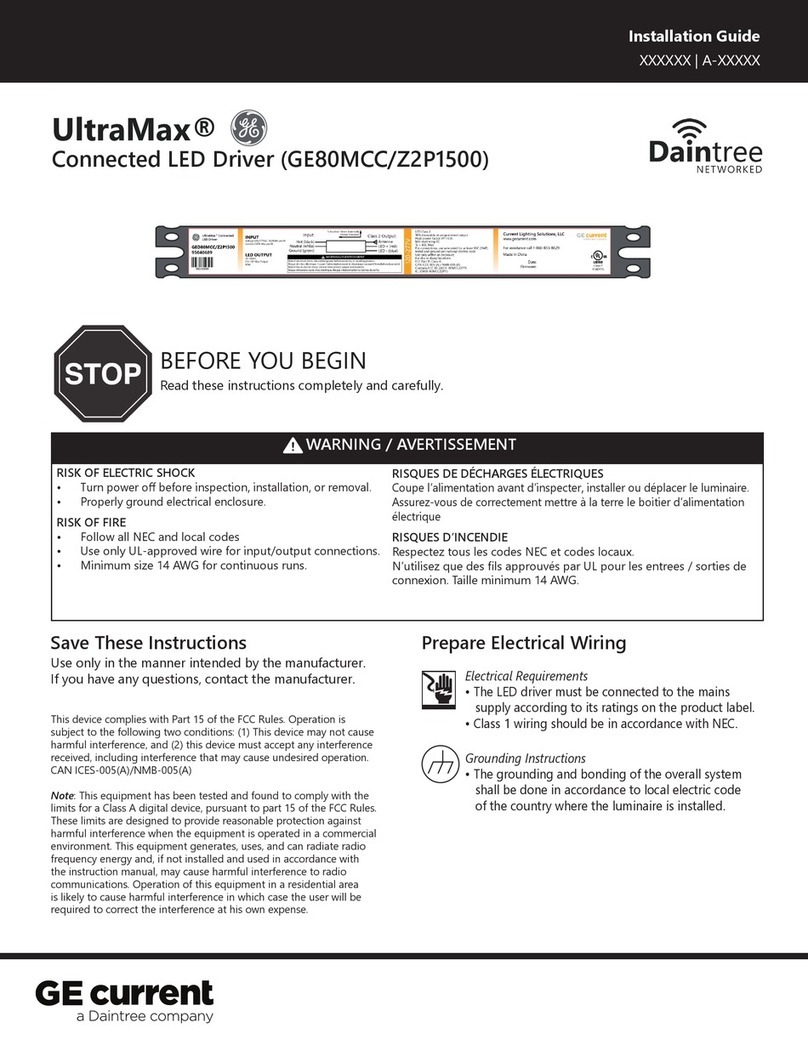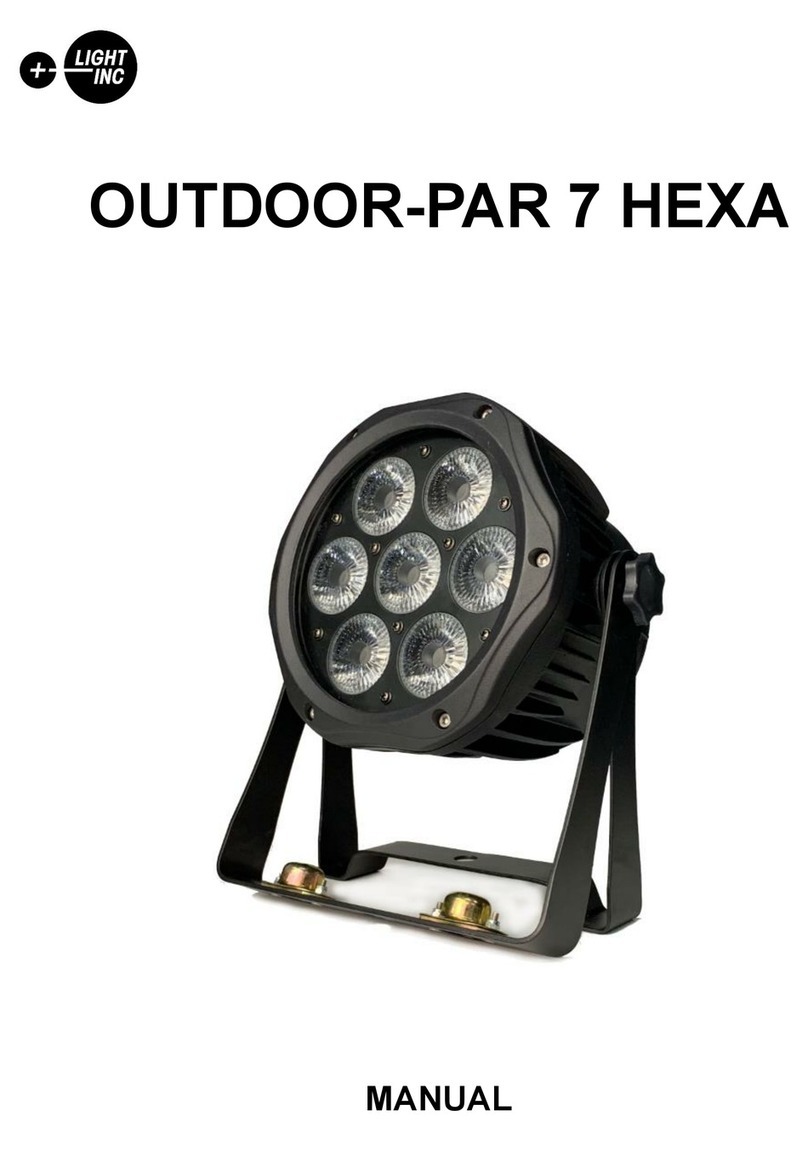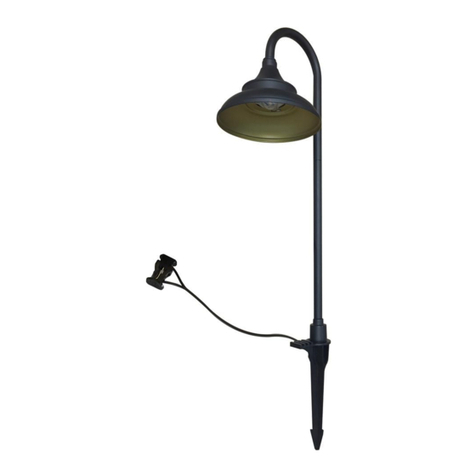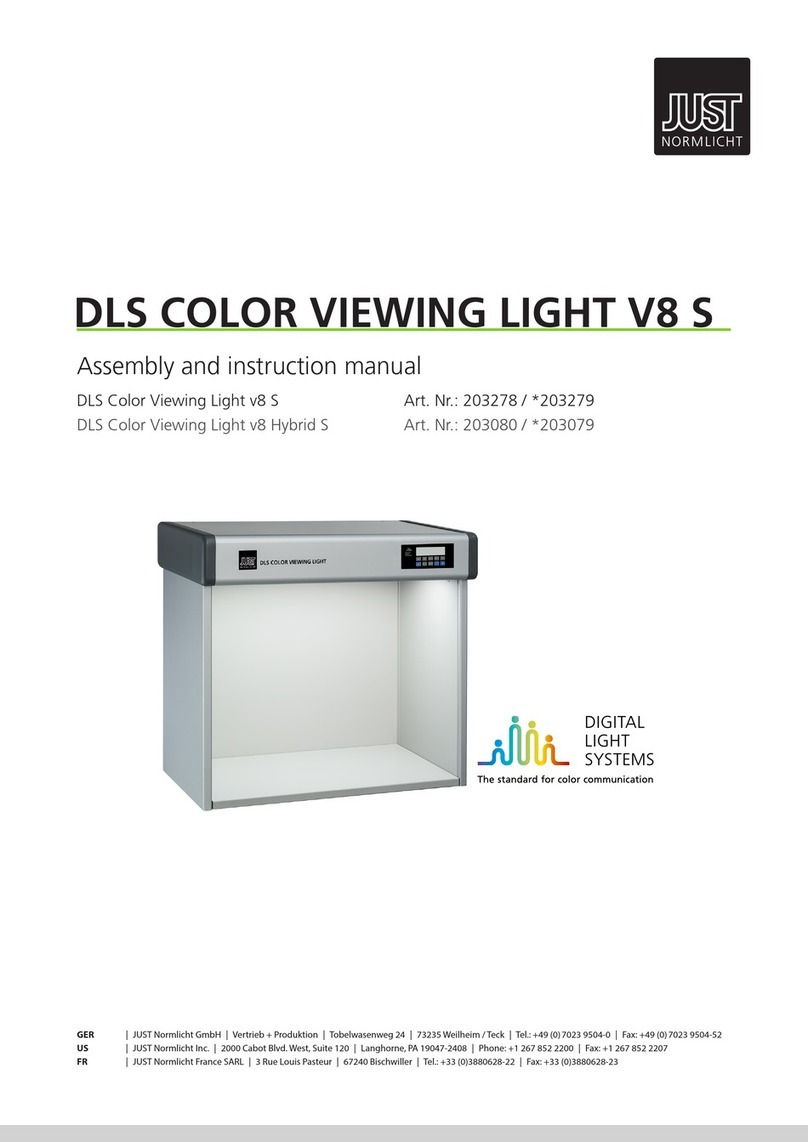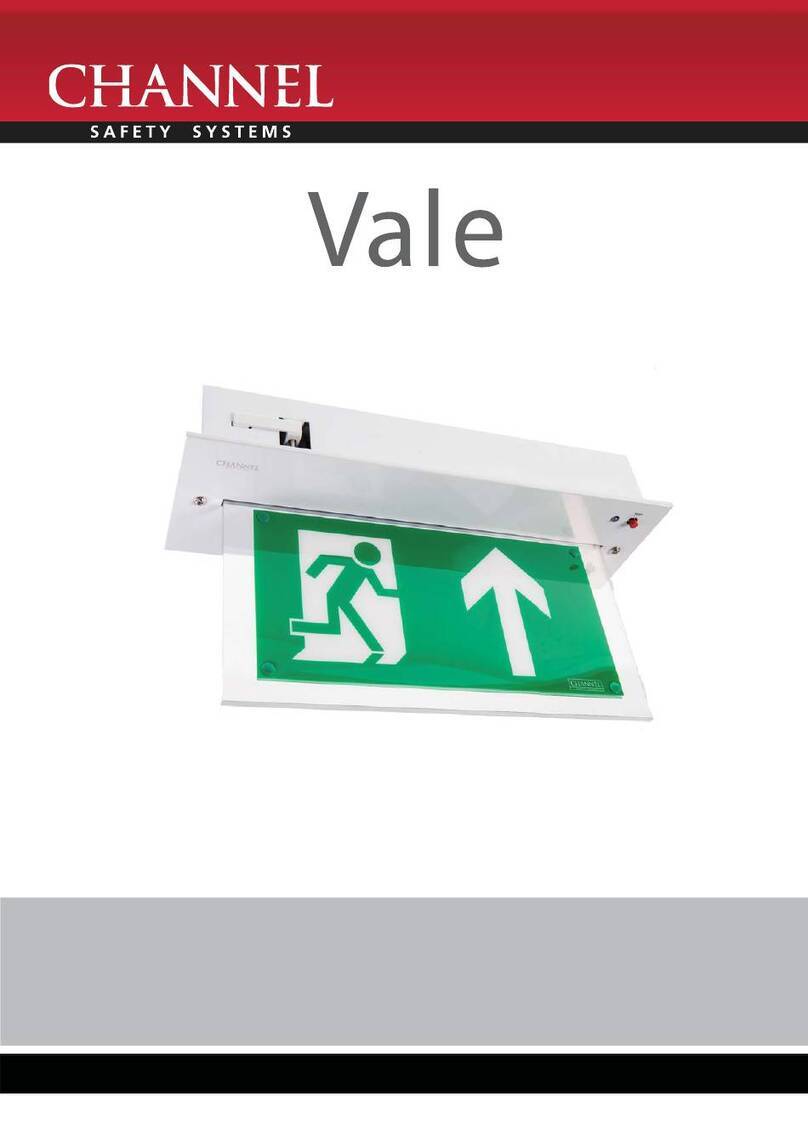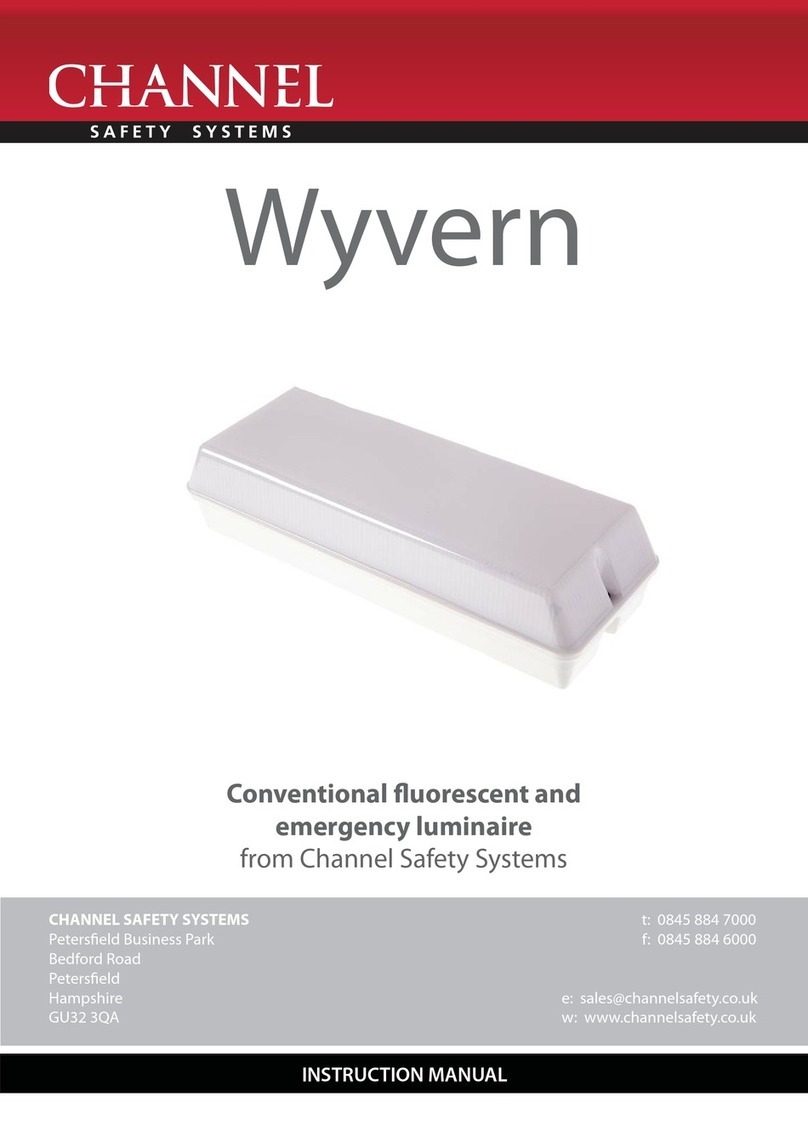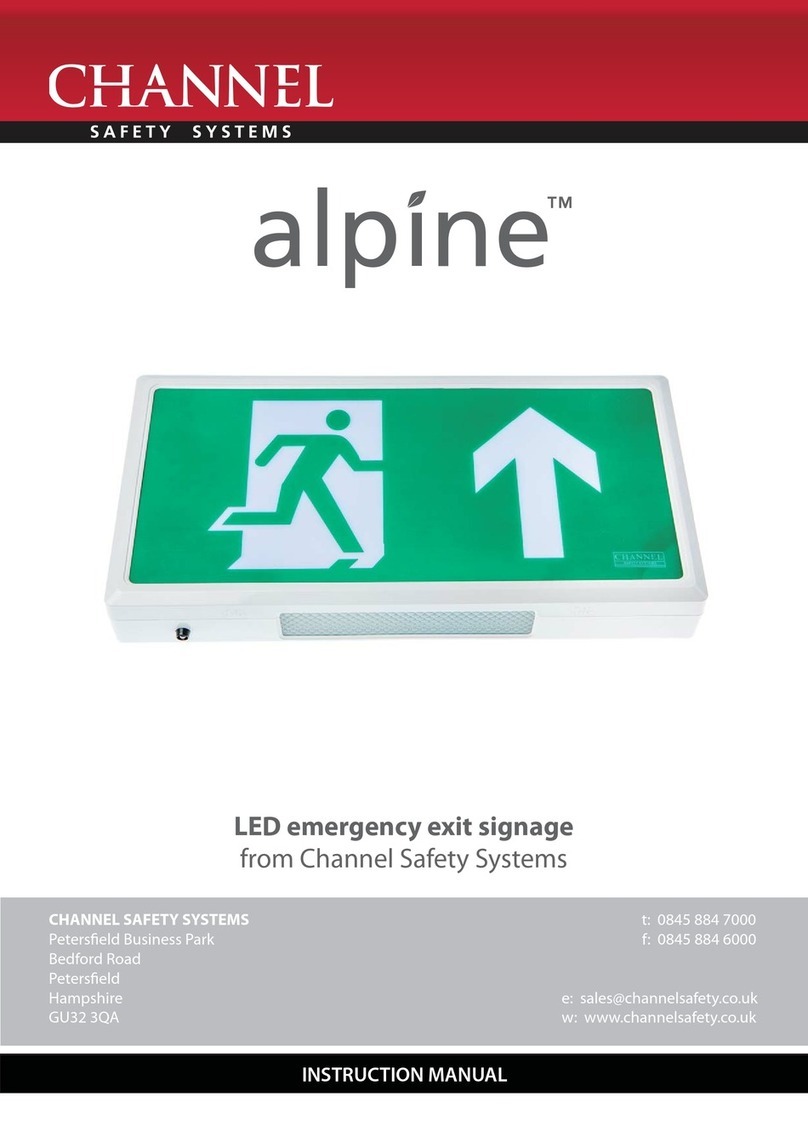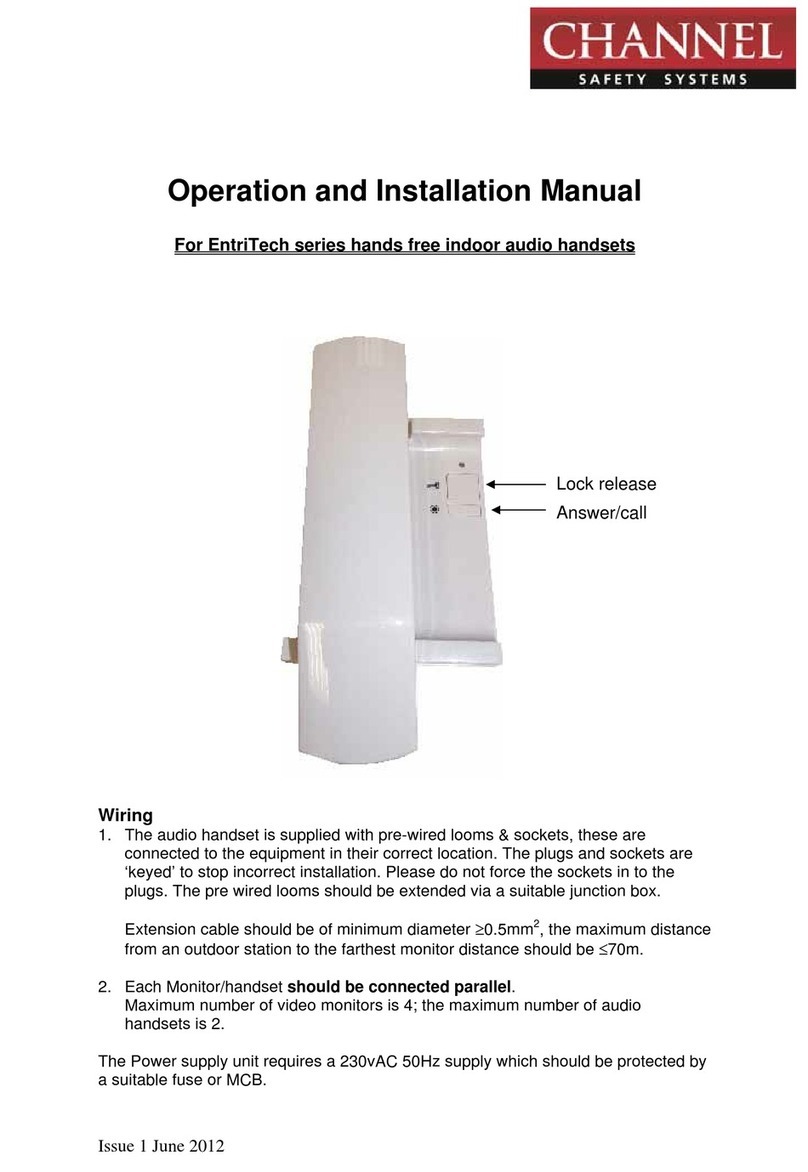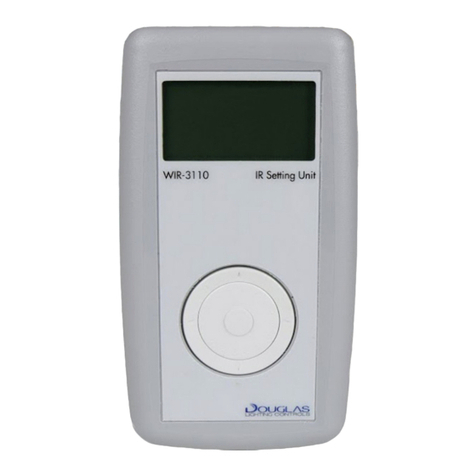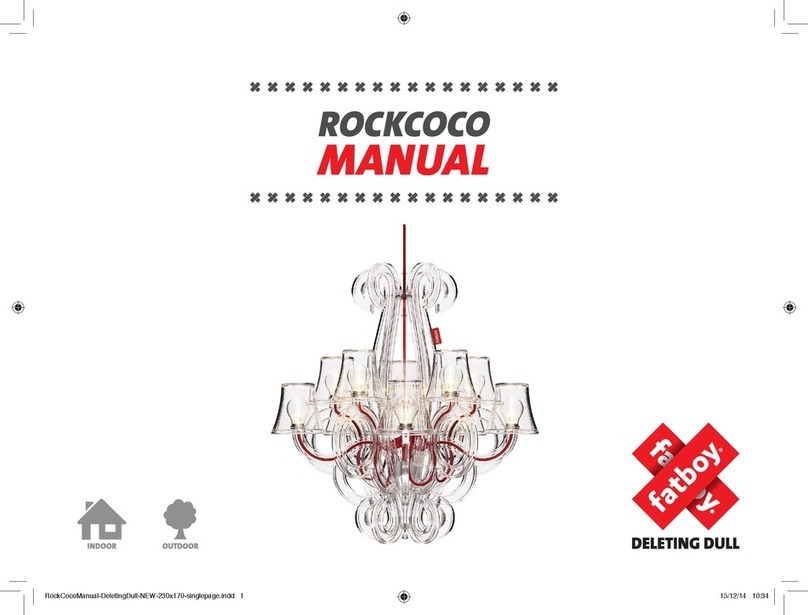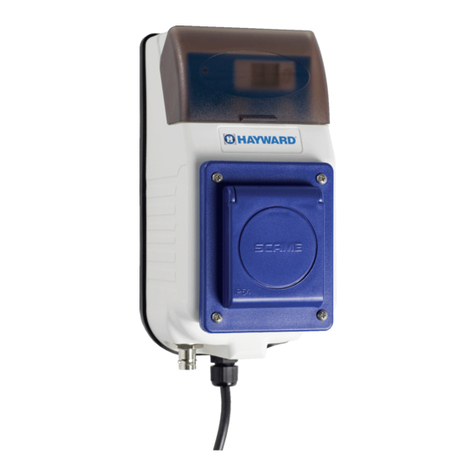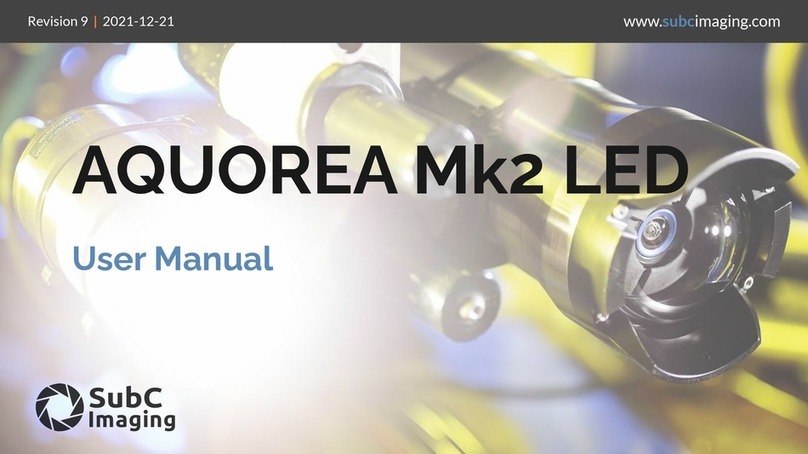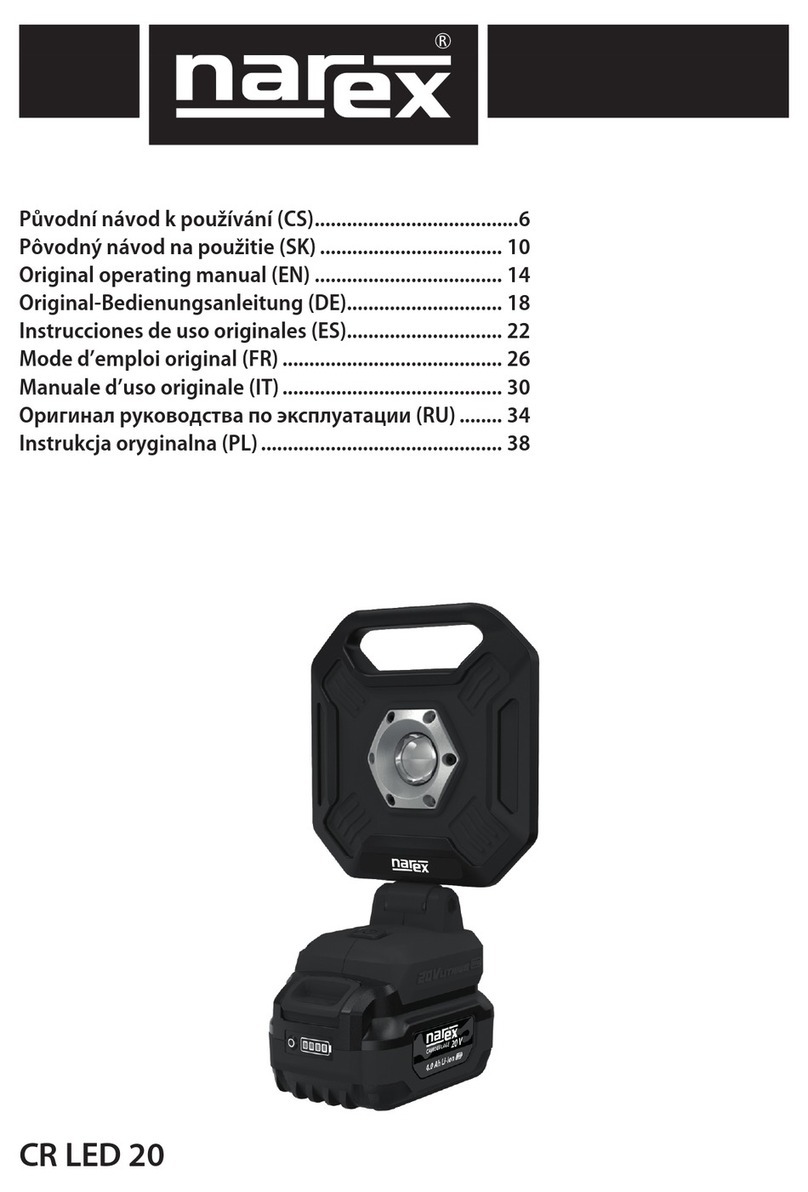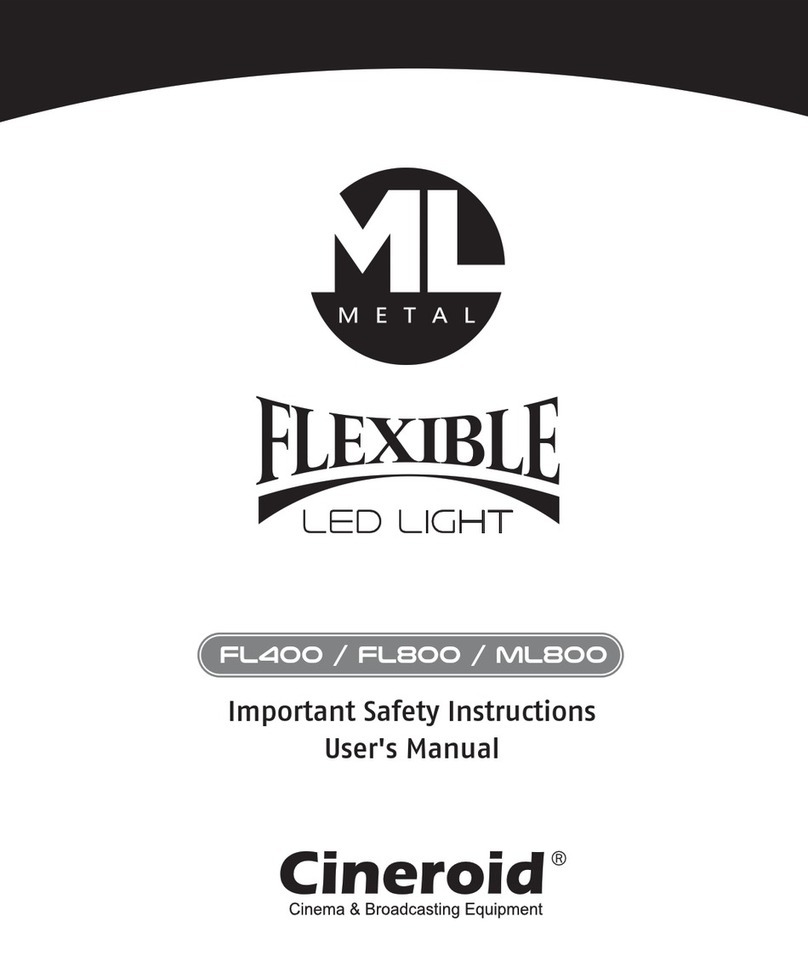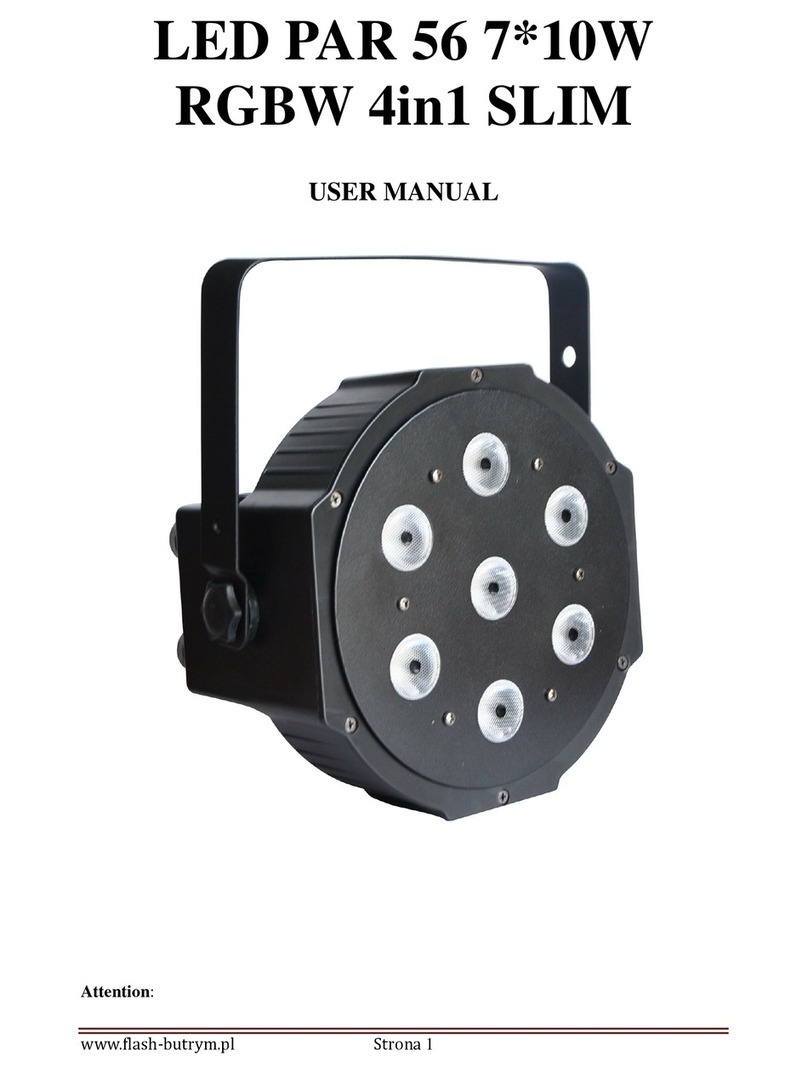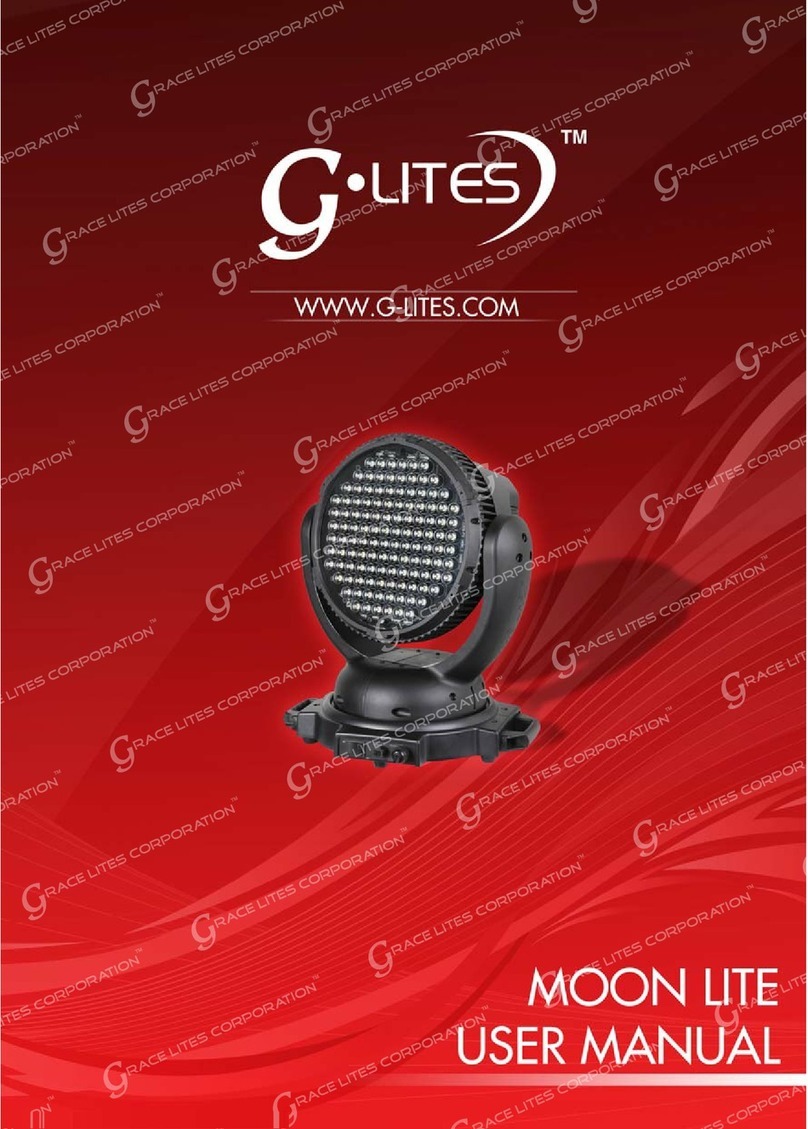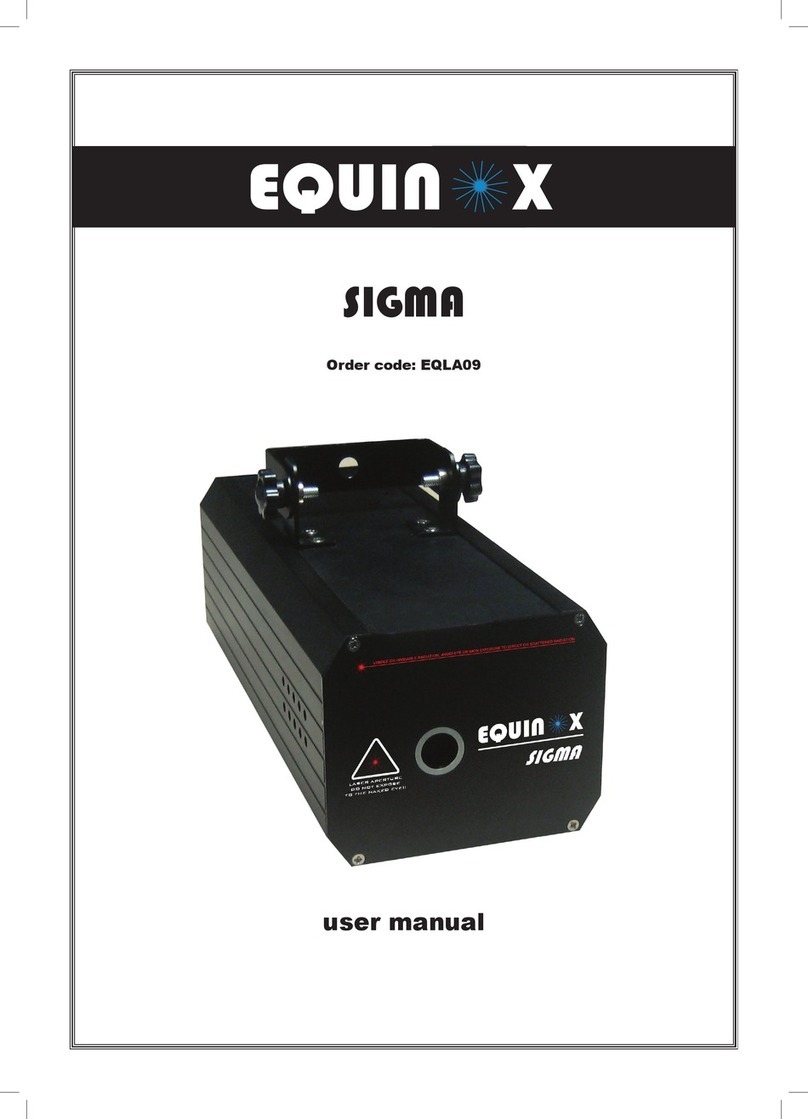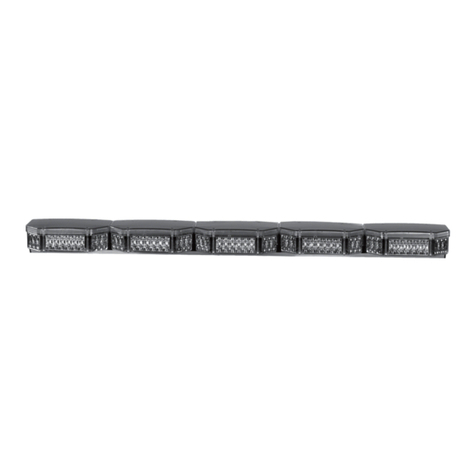
CHANNEL SAFETY SYSTEMS t: 0845 884 7000 | w: www.channelsafety.co.uk
INSTRUCTION MANUAL - Issue 1 - 02/2014 | 2
Horizontal Adjustment Screw
Vertical Adjustment Screw
INSTALLATION
All Installations should be carried out by a competent electrician.
1. Lay tting on its back and remove lid.
2. Remove and discard packing pieces.
3. Fit unit securely to wall, unit may be mounted in any orientation.
4. Connect a 230V AC supply to the‘L E N’ terminal block on the circuit board.
5. Connect the battery to the PCB terminals ensuring correct polarity is observed. (Red +ve, Black –ve).
Follow for the IP65 Version: - Follow for the IP20 Version: -
Fault nding
Monitoring LED’s –The left hand LED indicates that the unit has a
230vAC supply and is charging the battery, if it is not illuminated, then the
mains 230v supply has failed, or the battery is faulty/disconnected. The right
hand LED indicates the lamps (LED clusters) are connected to the unit.
Unit Not Meeting Required Emergency Period
May require cycling. Discharge, then recharge for at least 24 hours. Re-test.
Battery may need replacing if emergency duration still not met.
To be regularly tested in accordance with BS5266-1:2005
1. Position the lamps to the required position and use the locking
screws to secure the lamps in the chosen position.
2. Please note if the unit is tted directly to a wall and downward
light is required, the unit must be mounted with the lamps at the
top.
3. The unit will not illuminate in emergency mode until the mains
has been switched on and subsequently failed.
4. Operational check – Restore the A.C. supply for 30 minutes and
then remove. The lamps should illuminate for at least 30 seconds.
5. Switch on the mains supply and note that the indicator LED’s
have illuminated, proving that the unit is operational, the lamp
continuity is OK and that the battery is being charged.
6. The unit has deep discharge protection and this should
operate when the battery voltage falls to approx. 8V DC, whilst in
the Emergency Mode.
1. The unit will not illuminate in emergency mode until the mains
has been switched on and subsequently failed.
2. Operational check – restore the A.C. supply for 30 minutes and
then remove. The lamps should illuminate for at least 30 seconds.
3. Switch on the mains supply and note that the indicator LED’s
have illuminated, proving that the unit is operational, the lamp
continuity is OK and that the battery is being charged.
4. The unit has deep discharge protection and this should
operate when the battery voltage falls to approx. 8V DC, whilst in
the Emergency Mode.

